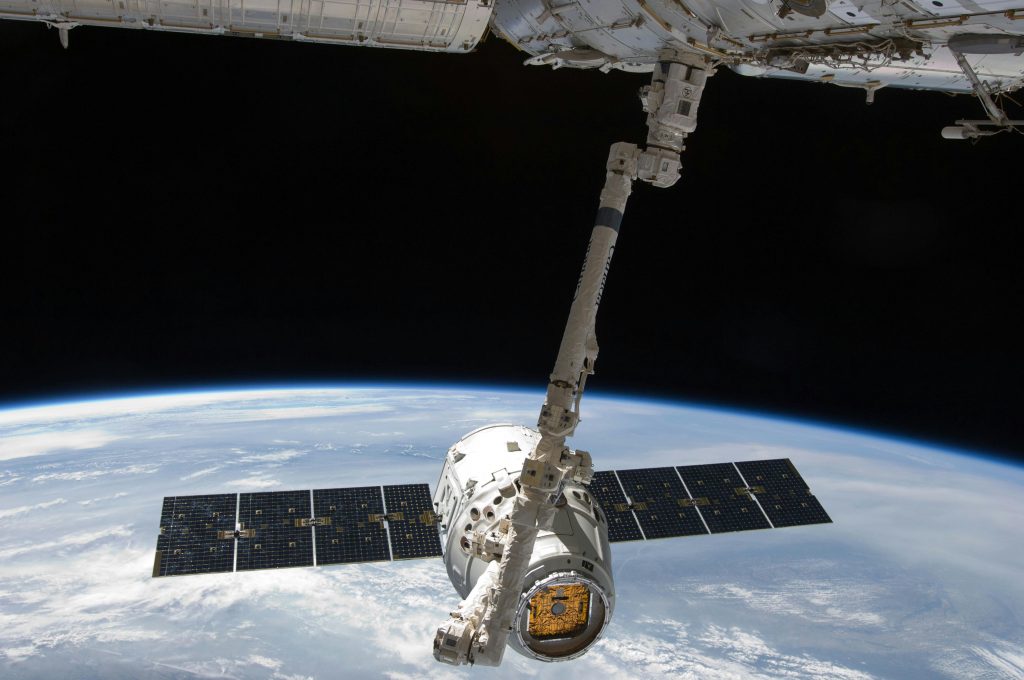Uncovering this Essential Facet Behind Aerospace Advancements and Aviation Electronics

Aerospace technology is an industry where innovation knows no bounds. From satellite technology to supersonic travel, it’s becoming one of the most intriguing and relevant components of our current and future eras. However, amid the flashy technological advancements dominating the aerospace field, attention to detail emerges as a critical factor. At its core, one indispensable component binds these innovations together, known as the semiconductor.
Familiar to many as the cornerstone of modern electronics, these miniature marvels play an equally pivotal role in the complex systems driving space exploration and satellite communication. But while their importance may be well understood in terrestrial applications, their significance in the cosmos is often overlooked.
This blog will highlight the fascinating relationship between semiconductors and aerospace technology. We’ll discuss how these tiny components power rocket launches, enable satellite communication, and push the boundaries of human exploration beyond Earth’s atmosphere.
The Building Blocks of Modern Electronics
Semiconductors have long served as the fundamental components of modern electronics, powering a vast array of devices such as smartphones and spacecraft. Simply put, semiconductors are materials with electrical conductivity between that of conductors and insulators. This unique property allows them to regulate the flow of electrical current, making them indispensable in controlling the behavior of electronic circuits.
In order to enable the accurate operation of instrumentation, navigation systems, and communication equipment onboard aircraft and spacecraft, they work by controlling the flow of electrical current. Transistors and integrated circuits are examples of semiconductor devices that are made to endure harsh environments. These include high altitudes, radiation, and temperature changes. This allows the devices to function dependably in aircraft settings, where precision and safety are crucial.
These foundational principles of semiconductor physics and manufacturing represent the incredible advancements in aerospace technology, driving innovation in navigation systems, communication satellites, and spacecraft propulsion.
Powering Launches and Spacecraft
Semiconductors have played an essential role in making it possible for amazing aerospace technology achievements ranging from the dawn of the space era to modern missions that explore the farthest regions of our solar system. Semiconductor devices on the ground oversee critical functions of launch vehicles, such as tracking fuel levels and precisely adjusting trajectories.
These parts can tolerate harsh environments, such as high temperatures and strong vibrations, and they guarantee flawless navigation and communication throughout crucial launch phases. Semiconductors remain essential to spacecraft systems even after they leave Earth’s atmosphere, powering everything from life support to guidance systems, as well as handling communication with Earth and promoting scientific research.
As technology continues to advance, the eager pursuit of smaller and more efficient semiconductors promises to revolutionize space travel, discovering new frontiers and pushing the boundaries of human understanding.
Enabling Global Connectivity
Semiconductors provide the foundation of international communication networks in a time when connectivity knows no geographical bounds, enabling the sharing of knowledge and concepts on a scale never possible before. Enormous with advanced semiconductor-based communication systems, satellites circle the planet, sending signals over landmasses and oceans to link isolated areas and close the digital divide.
Even in the most remote parts of the world, these small but mighty devices can process enormous amounts of data at breakneck speed, allowing for smooth connection for anything from online browsing to real-time video conferencing. In order to ensure that no one is left behind in the digital age, semiconductor breakthroughs open the door for ever faster, more dependable, and energy-efficient solutions as connectivity demands rise.
Challenges and Future Prospects
Amidst the remarkable progress, the semiconductor sector faces formidable obstacles and bright future possibilities. The limits of existing production techniques are being pushed by shrinking transistor sizes and growing circuit complexities, which calls for creative solutions to travel beyond physical limitations and guarantees that semiconductor technology continues to advance. Furthermore, as networked systems are more susceptible to malicious assaults, the rise in cybersecurity threats is a growing concern. However, despite these difficulties, semiconductors have a promising future in the aerospace sector.
Advances in artificial intelligence, quantum computing, and materials science provide a fascinating peek at a future in which spacecraft driven by advanced aerospace semiconductor technology travel the universe with previously unheard-of efficiency and autonomy.
By confronting challenges head-on and embracing emerging technologies, the semiconductor industry is poised to shape the future of aerospace exploration and redefine the boundaries of human achievement.
Contact Us Today
Streamline the management of your legacy test equipment with Apex Waves. Our goal is to help you enhance your existing test instruments with customized solutions and dependable support! Regardless of your product life cycle stage, we’ll provide you with the best possible solutions.
Request a quote today!








One Reply to “The Role of Semiconductors in Aerospace Technology: From Rocket Science to Space Exploration”
Comments are closed.